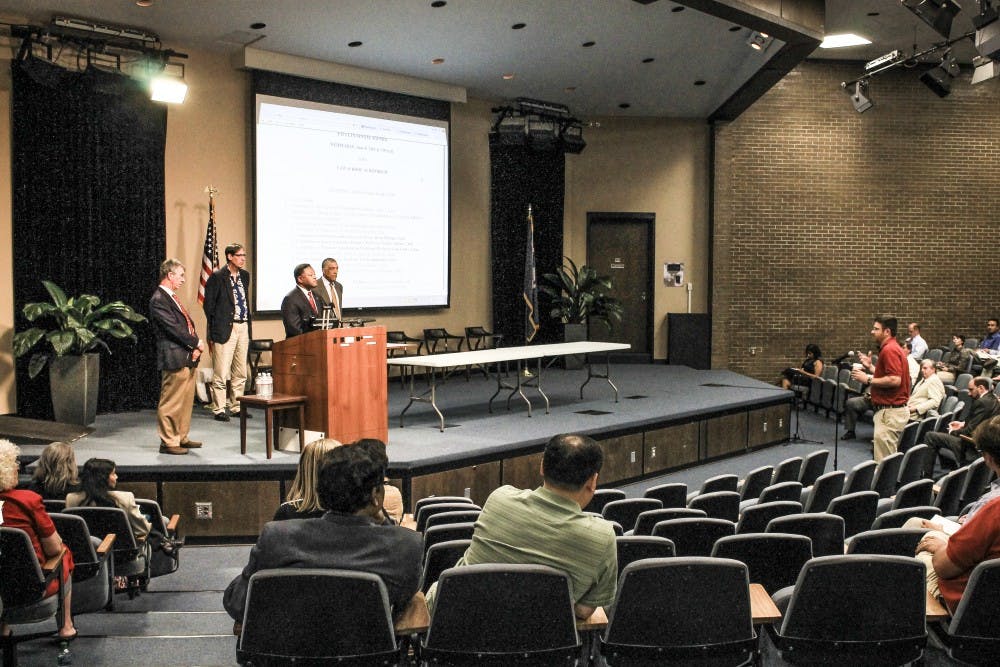Derrick Huggins, USC’s Associate Vice President for Transportation and Logistical Relations, announced at a Faculty Senate meeting Wednesday that university officials and hired consultants have begun work on a new parking and transportation master plan.
Huggins reported that for the next six months, key staff members will study how campus infrastructure and parking demand have evolved in the past 10 years. After the review, the university will plan changes to campus roads and parking lots.
University officials are also studying the road designs of other SEC schools, Huggins said.
“We like some of the things that they’re doing, but USC is indicative of USC. So we can’t imitate Auburn, we can’t imitate the University of North Carolina. We can pull and come up with some hybrid solutions that can hopefully make our campus much safer,” Huggins said.
Organizers are placing particular emphasis on the west part of campus, where the university has begun to expand significantly.
“It’s really important as the campus grows across Assembly Street to the West. There’s a real opportunity for the university to extend the quality of the Horseshoe and the historic campus over into the Innovista area, and a lot of that has to do with the design and function of streets,” said Andy McClurg, a representative from Sasaki Associates design firm.
Changes will also focus on integrating the city’s infrastructure and transportation systems with the university’s.
“We’ll be looking at how the transit system of the university can be better coordinated with the city’s CMRTA [Central Midlands Regional Transit Authority] services and how all of that plays into people’s access to parking and their ability to move quickly and comfortably,” McClurg said.
By enhancing the quality of on-campus transportation services, planners hope to improve pedestrian mobility and to encourage methods of transportation other than cars.
“There’s a new vision of the campus as more pedestrian-oriented, safer, and less dependent on cars. Of course we understand and support the idea of unfettered vehicular access, but a college campus is a special place,” McClurg said.
Officials pledged to include faculty and students in the planning process. However, at Wednesday’s meeting, several members of the Faculty Senate expressed concern for how the changes will affect them.
“Obviously, I’m concerned that there be representation,” said Augie Grant, a professor in the School of Journalism.
Reductions to free faculty parking will also be a part of the new master plan. Huggins estimated that there would be a net loss of 200 free faculty spaces as early as next year. Eventually, free parking for faculty will be eliminated, Huggins said.
“One side cannot subsidize the other. We have asphalt deterioration all across campus, we get a lot of phone calls about pot holes and all those things, but until now, groups that were paying for parking were the garage holders and our students, and I can’t keep pulling money from our students to put into faculty lots,” Huggins said.
Members of the Faculty Senate were encouraged to seek spaces in the Discovery garage. However, several members of the body expressed concern about the expense of the garage spaces.
“That’s basically a $720 fee increase or salary reduction if you’re buying a parking spot versus getting a free one,” said Brian Habing, a professor in the Department of Statistics.
Despite faculty concerns, university officials and construction consultants are optimistic about the proposed changes.
“Improving the ability of people to move around and to mingle, to collaborate and collect in open spaces these are all transportation issues … It’s the beginning of a very exciting process for us,” McClurg said.

